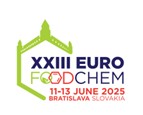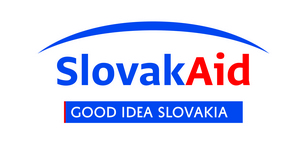Scientific journal
Journal of Food and Nutrition Research
Summary No. 3 / 2014
Klapec, T. – Periš, D.
Quick estimation of dietary exposure to heterocyclic aromatic amines and acrylamide in a Croatian female population
Journal of Food and Nutrition Research, 53, 2014, No. 3, s. 251-256
Tomislav Klapec, Subdepartment of Biochemistry and Toxicology, Department of Applied Chemistry and Ecology, Faculty of Food Technology, University Josip Juraj Strossmayer of Osijek, Kuhačeva 20, 31000 Osijek, Croatia. Tel.: +385 31 224 387, fax: +385 31 207 115, e-mail: tomi@ptfos.hr
Summary: This study used a quick interview and calculation for a preliminary estimation of dietary exposure to heterocyclic aromatic amines (HAA) MeIQx (2-amino-3,8-dimethylimidazo[4,5-f]quinoxaline) and PhIP (2-amino-1-methyl-6-phenylimidazo[4,5-b]pyridine), as well as acrylamide (AA) in 94 adult women from eastern Croatia. Subjects were administered a questionnaire to obtain information on their anthropometric and socio-economic characteristics, and on their dietary habits. Intake of main sources of HAA and AA was determined and combined with literature data on their food levels. Both high and low estimates were calculated by the use of maximum and minimum published levels. The low estimate approach produced mean daily exposures to MeIQx (0.93 ± 0.77 ng·kg-1 body weight, bw) and PhIP (2.34 ± 2.49 ng·kg-1 bw), as well as a provisional total HAA intake of 4.43 ng·kg-1 bw per day, that fit better within the range of results reported by other authors. Similarly, the low estimate of AA daily exposure (122.66 ± 60.00 ng·kg-1 bw) was below the lower end of the range determined by the European Food Safety Authority but more plausible considering other published levels.
Keywords: acrylamide; heterocyclic aromatic amines; dietary intake; women; exposure
Download:
(pdf, 131.16 Kb, 10290x)










